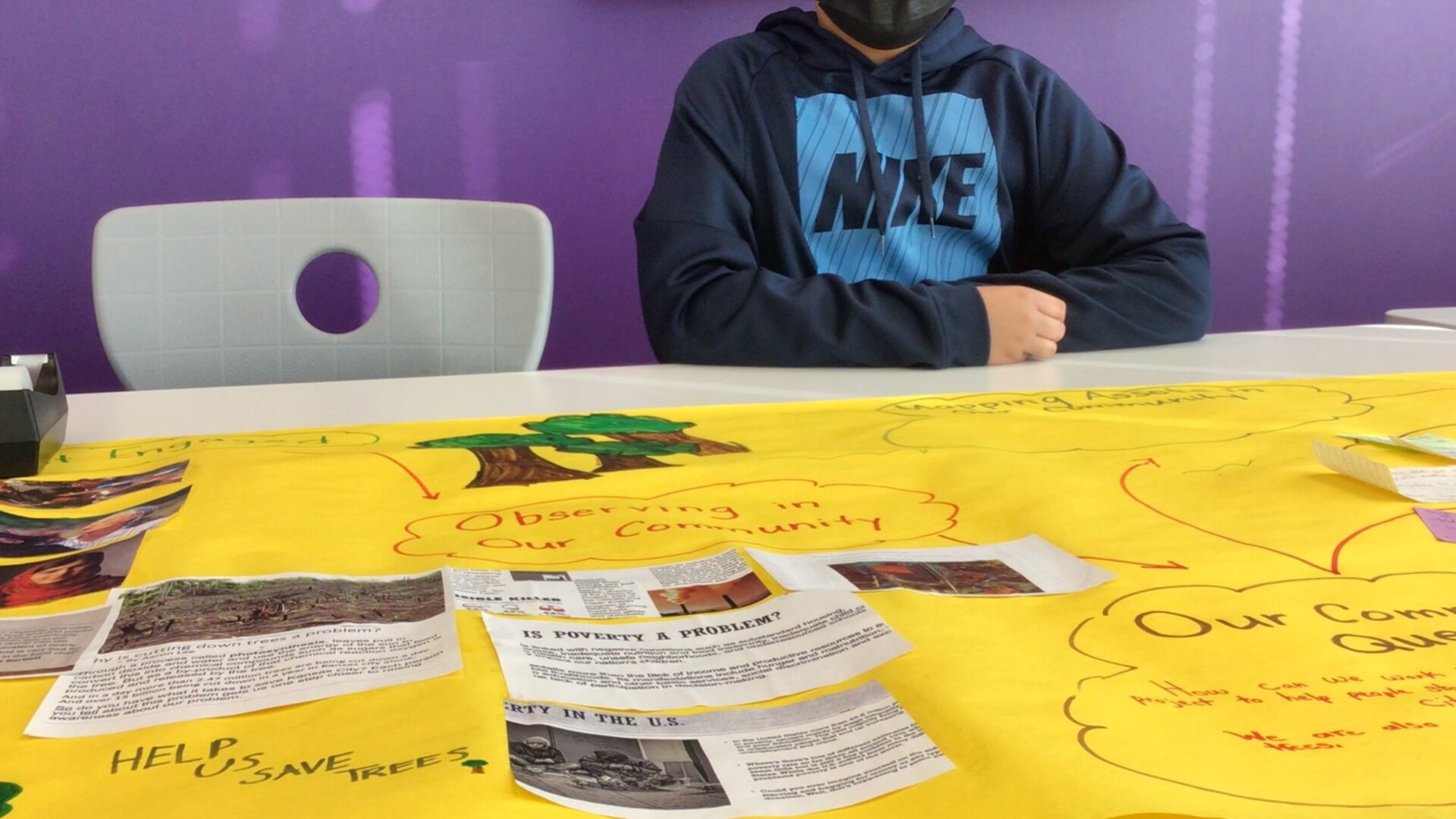Here is how the project went:
We were happy with the results of our project. Our final goal was to plant trees for a new Habitat for Humanity homeowner in an urban area of our city where the tree canopy is lacking and we accomplished our goal!
Through this project I/we learned:
We learned -how to select a planting site -how to select the trees to plant -tree are expensive -each of the trees we planted cost about $150.00 -trees stand a better chance of survival if you plant trees that are at least 6 ft. tall -the difference between ornamental and shade trees -how to plant a tree -how to take care of a tree after it is planted -before you plant, you have to contact the utilities in the area where you plan to plant so that they can mark utility locations -mulching is important to help provide the tree with nutrients and to help the soil retain water. -trees will need watering well for 2-3 years after planting, particularly in dry weather. -there are many people in our city who care about trees and helping others learn about them -there are many people in our city who work hard to care for others -businesses are willing to partner with us to help us meet our goals
What I/we might change:
We would bring more pick axes. We had plenty of shovels, but the area where we were planting the trees had very hard ground and lots of rocks and construction debris.
My/our favorite part of this project was:
Our favorite part of this project was meeting Tony, the man whose yard we planted trees in. We got to meet him in a virtual call and then in person when we were planting. He sent us a picture of the buds on the ornamental tree once it started to bloom!
Some tips, tricks or fun facts about the project:
We worked with our state conservation department to learn about trees and planting. We contacted a wholesale nursery supply company. They matched our grant if we promised to send pictures of our work. They also supplied tree watering bags and compost. One organization in our city has a tool lending shed that we were able to borrow tools from. They also supplied work gloves.
